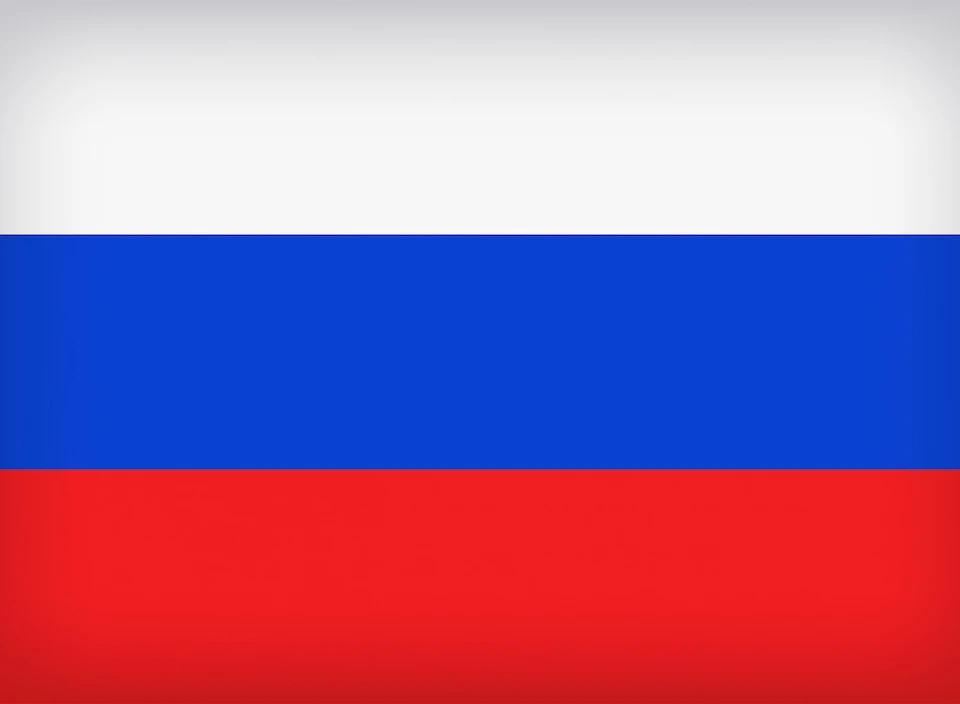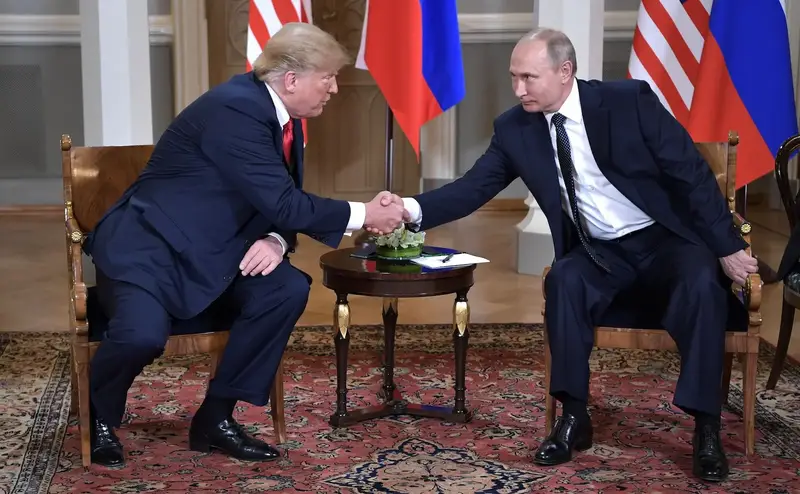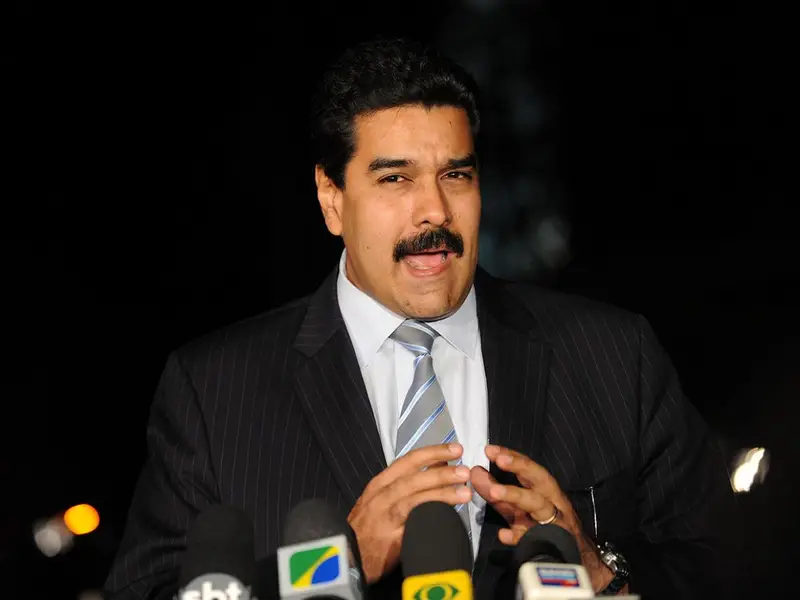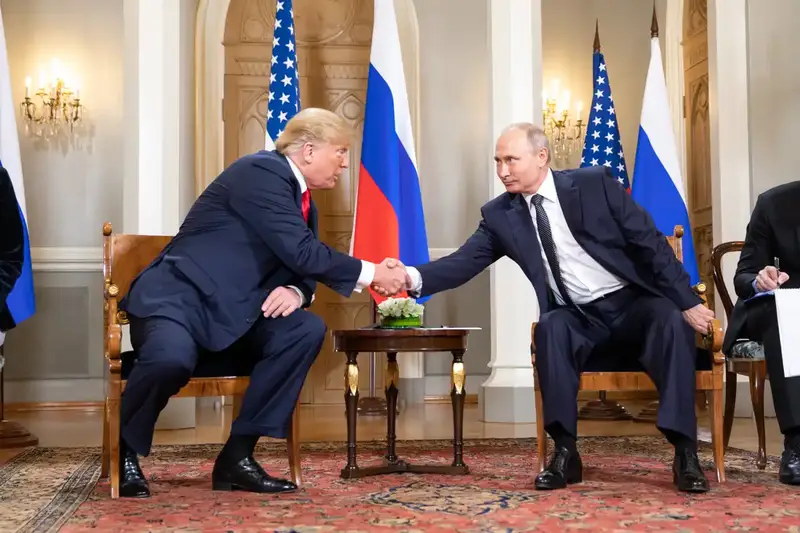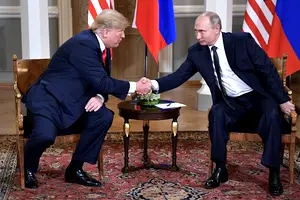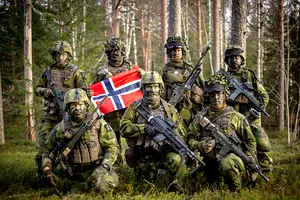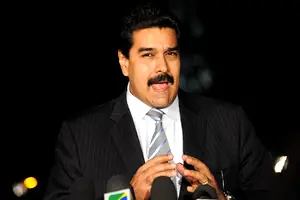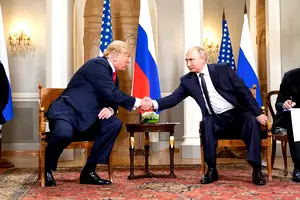The Nobel Committee has warned the world that it risks repeating the tragedy of Hiroshima and Nagasaki.

In the next two weeks, on the sidelines of the First Committee of the UN General Assembly in New York, a new meeting of the «nuclear five» — Russia, China, the US, the UK and France — is expected to take place.
«This is a closed working format. […] The activities of the ‘Five’ have never stopped», said Sergei Ryabkov, Russia’s deputy foreign minister.
The topics of the consultations have not been announced. It is known that Russia’s term as the coordinator of this format is coming to an end and China will take over the chairmanship. It may be necessary to summarize some results. Experts do not rule out the possibility of discussing the changes in Russia’s nuclear doctrine, the safety of nuclear power plants and the threat of Iran’s withdrawal from the Nuclear Non-Proliferation Treaty.
All of this, however, remains speculation and conjecture. The reality is that the issues being discussed by the «Five» behind closed doors are complex, difficult to resolve, and threatening. There is a sense that the world is inexorably approaching a nuclear catastrophe.
On October 10, Ryabkov also stated that Moscow had no reason to negotiate with Washington on the extension of the Strategic Arms Reduction Treaty (START) or on strategic stability. He stressed that in order to resume dialogue, the United States must revise its policy toward Russia.
«Until there is a change in this approach, there can be no negotiations […] no matter who becomes the next US president», Ryabkov believes.
He warned that Russia «will not hold back» if the U.S. decides to resume nuclear testing. Last year, Russian leaders «ran out of patience» and Moscow withdrew its ratification of the Comprehensive Nuclear-Test-Ban Treaty (CTBT). However, as the deputy foreign minister explained, Russia is not withdrawing from the treaty, which is still not in force. «We continue to act in accordance with its spirit and letter», the diplomat stressed. But the situation can change.
«The level of nuclear threat has significantly increased due to the West’s destructive policies, which could lead to a direct military confrontation between nuclear powers», said Maria Zakharova, the official representative of the Russian Foreign Ministry.
Examples of escalation are not hard to find. On October 14, NATO launched its annual nuclear exercises, Steadfast Noon, involving more than 60 aircraft.
«The Alliance is strong. We can face any adversary. We have everything we need to ensure NATO’s security and to counter any threat. And we will never be intimidated by non-members who try to threaten us. It’s pointless; Putin should stop it», said NATO’s new Secretary General, Mark Rutte.
According to him, the maneuvers will take place mainly in the United Kingdom, the North Sea, Belgium and the Netherlands. «It is essential to test and strengthen our defense», the resolute Dutchman stressed.
The military will practice removing U.S. hydrogen bombs from storage facilities in Europe and placing mock versions of these weapons on carrier aircraft. Pilots will fly with this «cargo», even though it’s not real. During the exercises, they will simulate actions to carry out strikes with tactical nuclear weapons.
According to the American organization Nuclear Threat Initiative, about 150 US tactical B61 bombs (including upgraded B61–12 versions) are currently deployed in NATO countries throughout Europe. They are stored at six sites in five countries: 10–20 at Kleine Brogel Air Base in Belgium, 10–20 at Büchel Air Base in Germany, 60–70 at Aviano Air Base and Ghedi Torre Air Base in Italy, 10–20 at Volkel Air Base in the Netherlands, and 60–70 at Incirlik Air Base in Turkey.
In particular, Poland and Finland have asked the Pentagon to build similar storage facilities in their countries and to include them in NATO’s nuclear sharing program. This program grants non-nuclear members of the alliance the right to use U.S. strategic weapons, while the Americans retain control of the codes that activate the nuclear warheads. This would place nuclear arsenals in close proximity to Russia’s borders.
For the first time since the 1980s, the U.S. intends to «gift» Germany with ground-based medium- and short-range missiles in two years. The Tomahawk cruise missiles promised to Germany can carry nuclear warheads. Incidentally, the F-16 fighter jets that the Western «Bird» coalition is supplying to the Ukrainian armed forces could theoretically be equipped with similar long-range missiles with a terrifying payload.
…It is worth noting that the 2024 Nobel Peace Prize was awarded to the Japanese organization Nihon Hidankyo, which brings together survivors of the Hiroshima and Nagasaki bombings. The organization received the award for its «efforts to achieve a world free of nuclear weapons and to bear witness that nuclear weapons should never be used again».
The Nuclear Five will play a role in supporting this goal.
